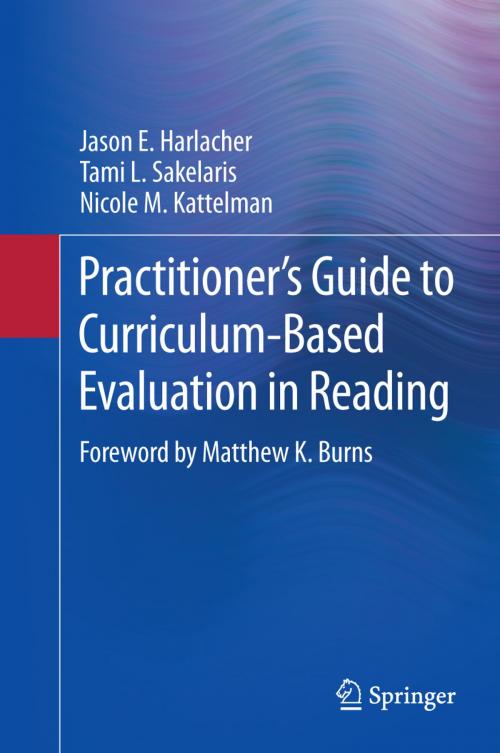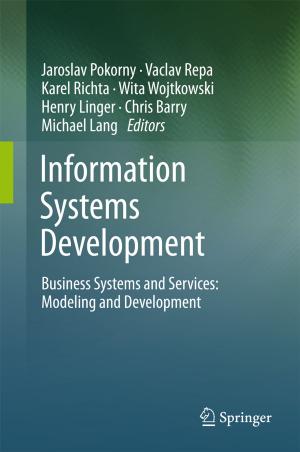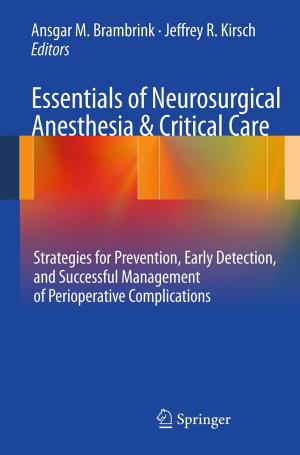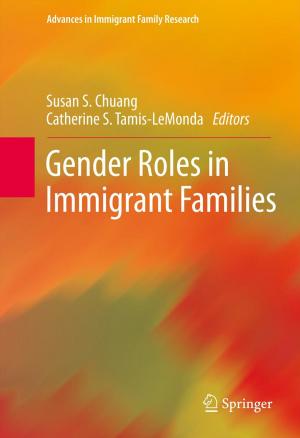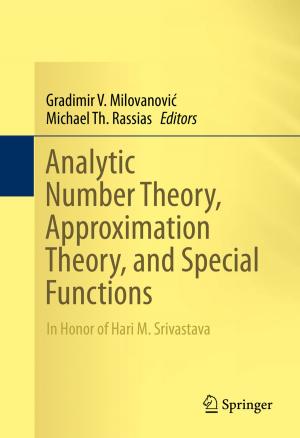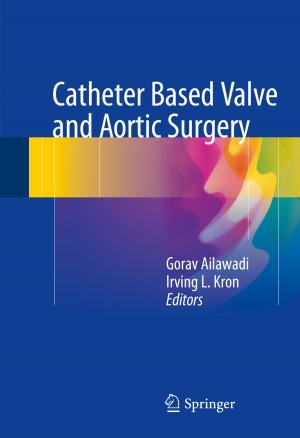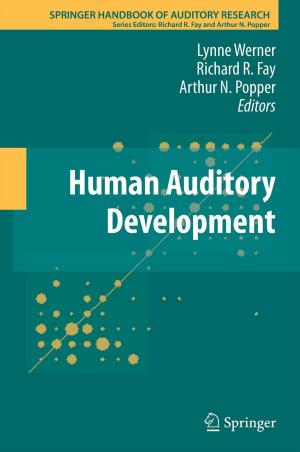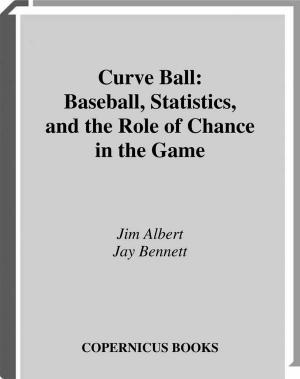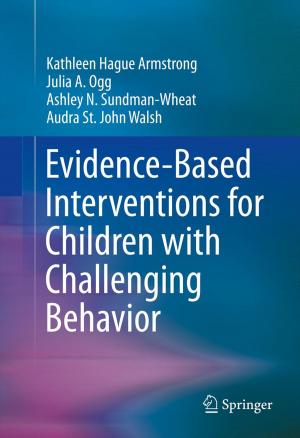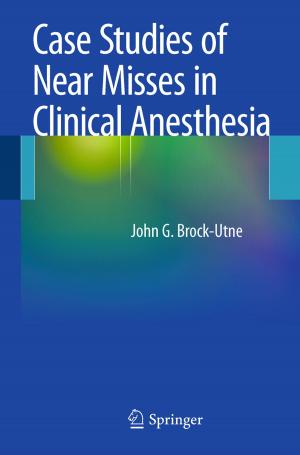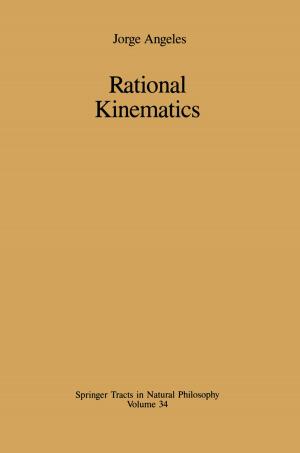Practitioner’s Guide to Curriculum-Based Evaluation in Reading
Nonfiction, Reference & Language, Education & Teaching, Educational Theory, Evaluation, Health & Well Being, Psychology, Child & Adolescent, Child Development| Author: | Jason E. Harlacher, Tami L. Sakelaris, Nicole M. Kattelman | ISBN: | 9781461493600 |
| Publisher: | Springer New York | Publication: | December 11, 2013 |
| Imprint: | Springer | Language: | English |
| Author: | Jason E. Harlacher, Tami L. Sakelaris, Nicole M. Kattelman |
| ISBN: | 9781461493600 |
| Publisher: | Springer New York |
| Publication: | December 11, 2013 |
| Imprint: | Springer |
| Language: | English |
The educators are dedicated and concerned. The curriculum is successful. Yet some students aren't reading at grade level, and meetings air problems without making progress. Many students continue to flounder, leading to more meetings with the same lack of meaningful results.
The Practitioner’s Guide to Curriculum-Based Evaluation in Reading gives researchers and professionals the means to break this frustrating cycle, crafted by authors who have not only been there and done that, but can explain in depth how to replicate the method. Focusing on reading but applicable across subject areas, this highly accessible guide defines curriculum-based evaluation (CBE), provides conceptual background, and analyzes its component steps. Assessment and intervention are given equal attention within a problem-solving model featuring tools for skill assessment, progress monitoring, goal setting, and other bedrock tasks. Chapters build to lead readers beyond classroom strategies to guidelines for problem solving and decision making to effectively address individual student needs.
Included in the coverage:
- The curriculum-based evaluation process.
- Relating CBE to the Multi-Tier System of Support model.
- Using CBE in daily practice, both in classwork and schoolwide.
- Decoding, early literacy, and reading comprehension.
- Progress monitoring and decision making.
- Plus FAQs, handouts, and other supplemental materials.
This level of educational insight and pedagogical detail make the Practitioner’s Guide to Curriculum-Based Evaluation in Reading a clarion call for researchers, graduate students, and professionals in school and clinical child psychology; assessment, testing, and evaluation; applied linguistics; language education; special education and allied education; educational psychology; and social work.
The educators are dedicated and concerned. The curriculum is successful. Yet some students aren't reading at grade level, and meetings air problems without making progress. Many students continue to flounder, leading to more meetings with the same lack of meaningful results.
The Practitioner’s Guide to Curriculum-Based Evaluation in Reading gives researchers and professionals the means to break this frustrating cycle, crafted by authors who have not only been there and done that, but can explain in depth how to replicate the method. Focusing on reading but applicable across subject areas, this highly accessible guide defines curriculum-based evaluation (CBE), provides conceptual background, and analyzes its component steps. Assessment and intervention are given equal attention within a problem-solving model featuring tools for skill assessment, progress monitoring, goal setting, and other bedrock tasks. Chapters build to lead readers beyond classroom strategies to guidelines for problem solving and decision making to effectively address individual student needs.
Included in the coverage:
- The curriculum-based evaluation process.
- Relating CBE to the Multi-Tier System of Support model.
- Using CBE in daily practice, both in classwork and schoolwide.
- Decoding, early literacy, and reading comprehension.
- Progress monitoring and decision making.
- Plus FAQs, handouts, and other supplemental materials.
This level of educational insight and pedagogical detail make the Practitioner’s Guide to Curriculum-Based Evaluation in Reading a clarion call for researchers, graduate students, and professionals in school and clinical child psychology; assessment, testing, and evaluation; applied linguistics; language education; special education and allied education; educational psychology; and social work.
